Shopping secondhand has become a practical and sustainable choice for many people, offering unique finds and budget-friendly deals. While it’s easy to get excited about bargains, experts warn that not every used item is worth the risk. Some products, depending on how they were built, their age, or their direct impact on health and safety, should be avoided when previously owned. Below are nine things that professionals consistently recommend steering clear of in secondhand purchases, along with details on why they pose more risks than rewards.
1. Mattresses
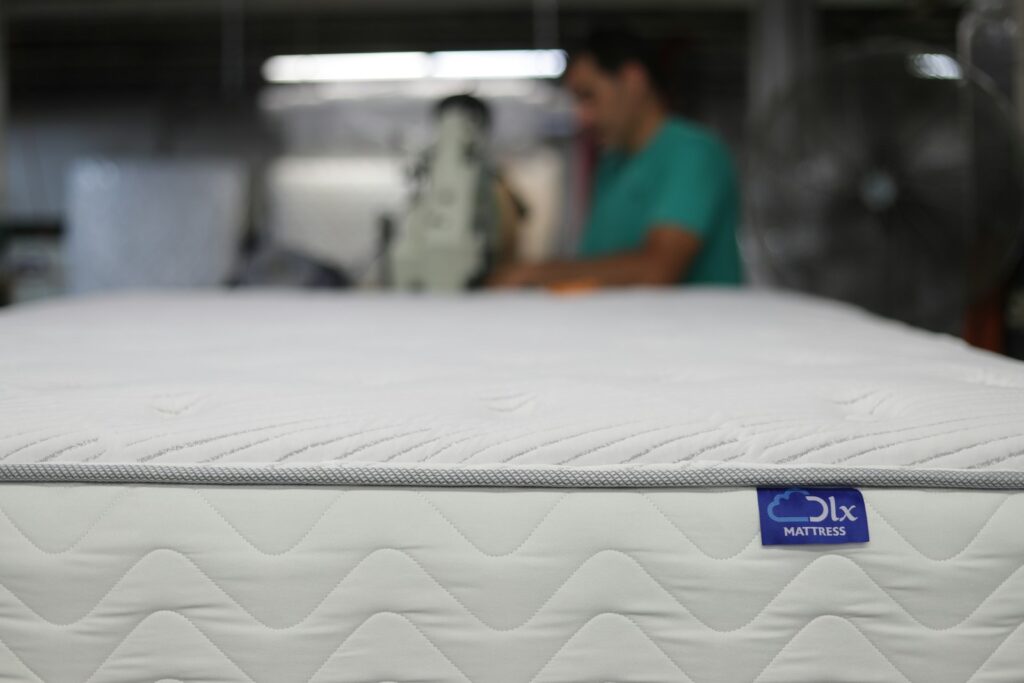
Mattresses, which became common household items in the late 19th century with steel spring construction, are not recommended for second-hand purchase. Used mattresses can harbor dust mites, bedbugs, mold, or bacteria that are impossible to detect at first glance. Older designs often lack today’s safety standards, particularly in flame resistance and material hygiene. Even with a low price tag, the hidden health risks and lack of warranty make them an unsafe investment. Experts suggest buying new to ensure both comfort and cleanliness.
2. Car Seats
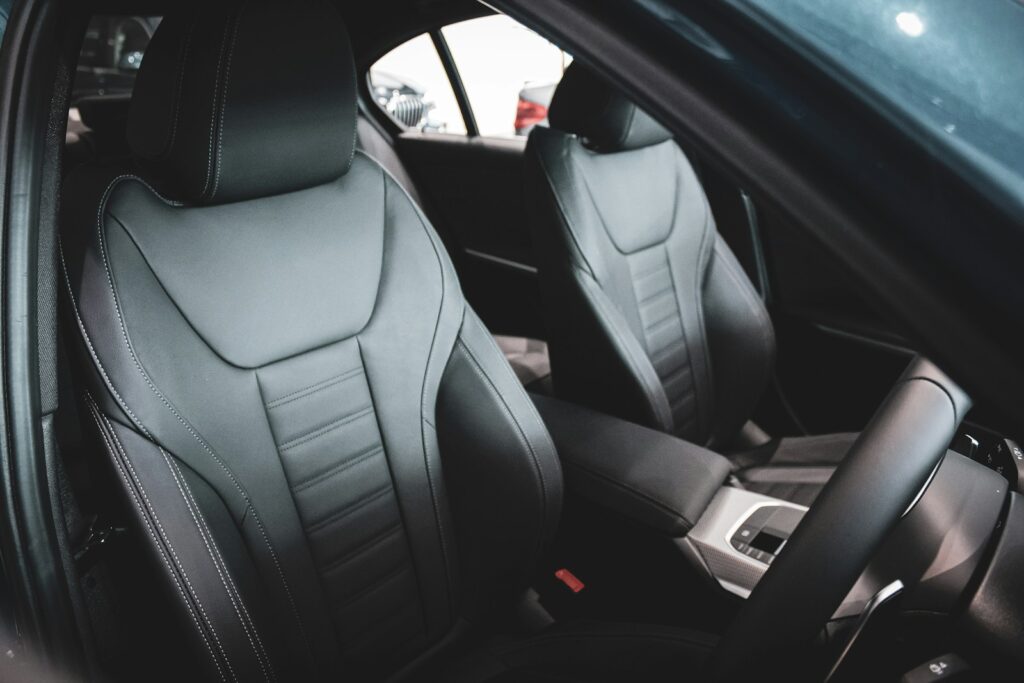
Car seats were first introduced in the 1960s to improve child passenger safety, evolving with stricter crash-test standards by the 1990s. Secondhand car seats are considered unsafe because prior accidents, wear, or expiration dates may compromise their structural integrity. Missing instruction manuals or unresolved safety notices further increase risks. Without knowing the complete history, it’s nearly impossible to confirm that a used seat still provides full protection. Safety specialists emphasize purchasing only new seats that meet the latest guidelines.
3. Helmets
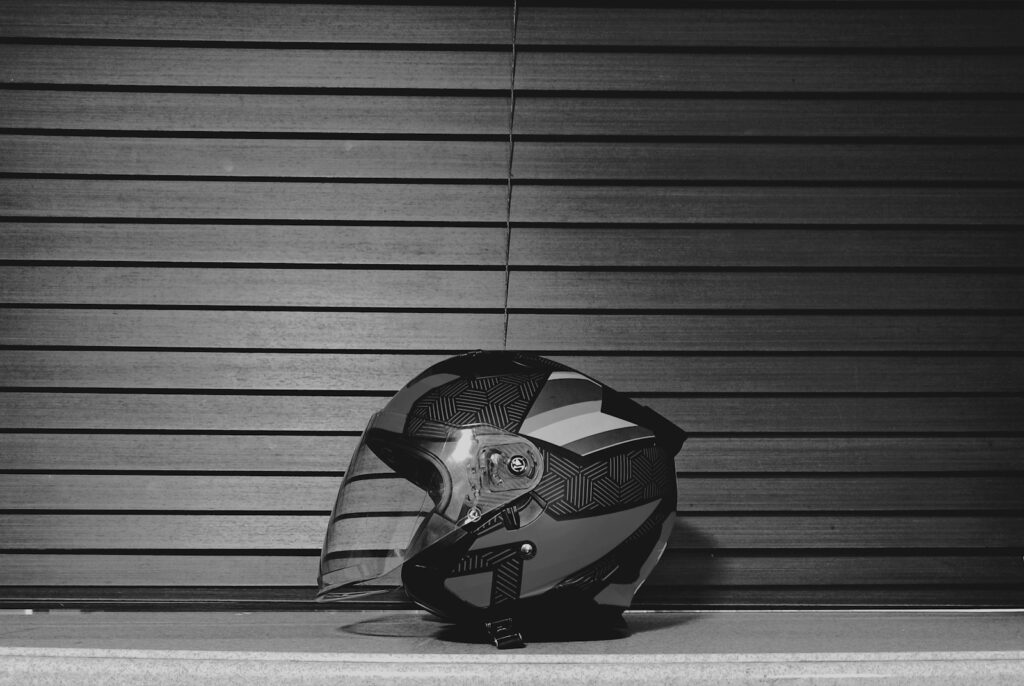
Bicycle and motorcycle helmets, developed widely in the mid-20th century, are designed with crushable foam liners meant for one-time impact absorption. Once compromised, they lose effectiveness, even if the damage isn’t visible. Buying a helmet secondhand means you cannot verify whether it has already absorbed a hit or been exposed to damaging heat or chemicals. Because helmets are critical life-saving devices, safety experts strongly discourage secondhand purchases and insist on buying new models that meet updated safety certifications.
4. Shoes
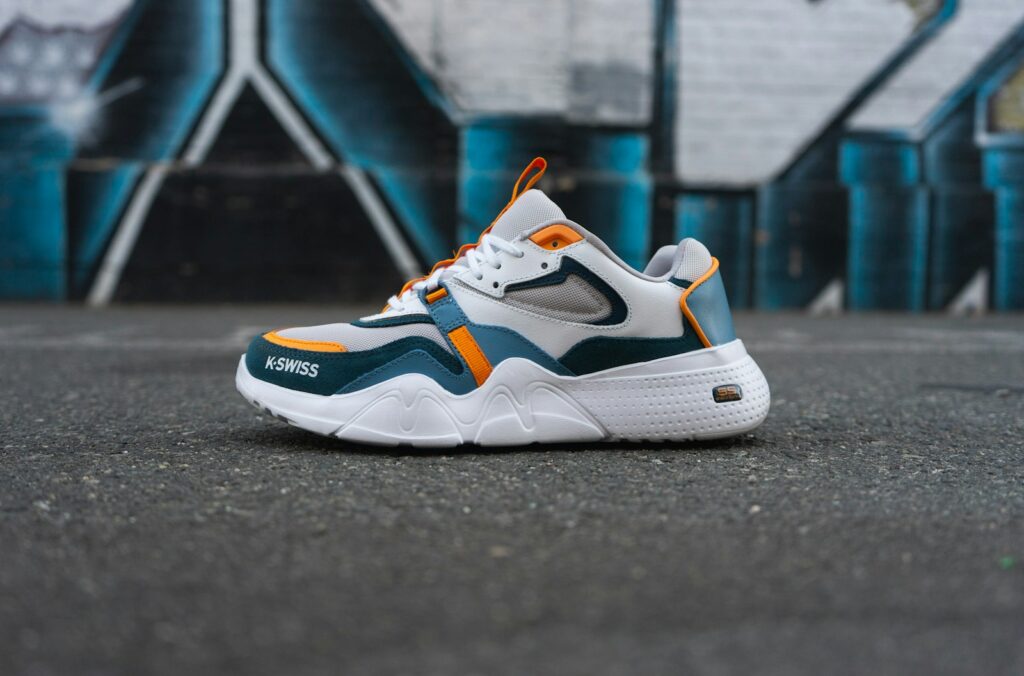
Shoes, mass-produced since the early 1800s, are built to mold to their original wearer’s feet over time. When bought secondhand, they can cause discomfort, misalignment, or even long-term orthopedic issues because they no longer offer proper arch or ankle support. Worn soles and cushioning may look fine, but often lack shock absorption, which puts added strain on joints. Experts agree that while fashion might tempt buyers, footwear should generally be purchased new to ensure health, hygiene, and adequate support.
5. Nonstick Cookware
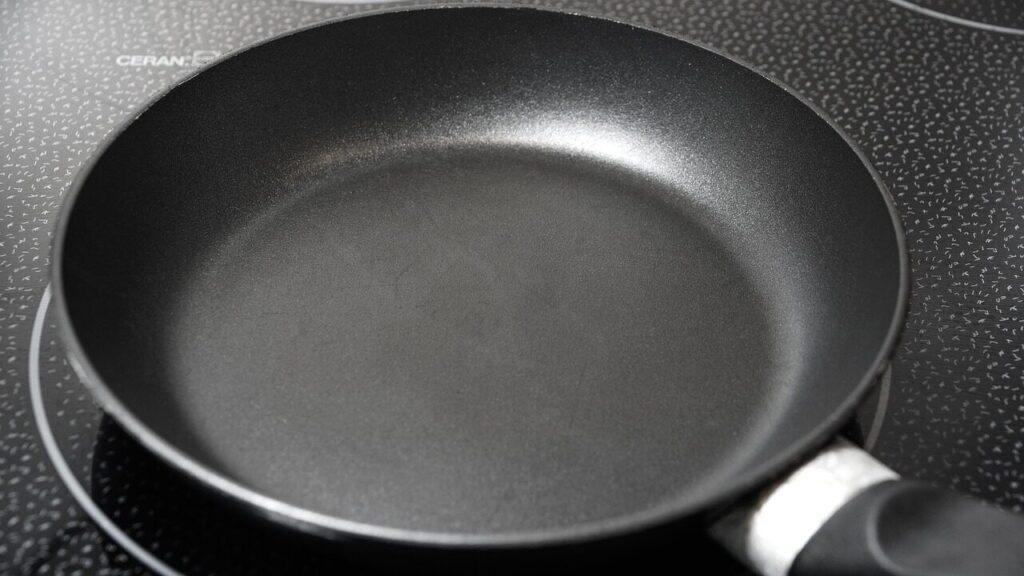
Nonstick pans, first built with Teflon coatings in the 1940s, lose their safety over time as scratches and heat exposure degrade the surface. Buying second-hand non-stick cookware can expose users to harmful chemicals when the coating flakes off. Since the lifespan of non-stick coatings is usually only a few years with regular use, used pieces are rarely safe for continued cooking. Experts suggest purchasing new cookware or opting for more durable second-hand options like cast iron or stainless steel instead.
6. Makeup and Personal Care Tools
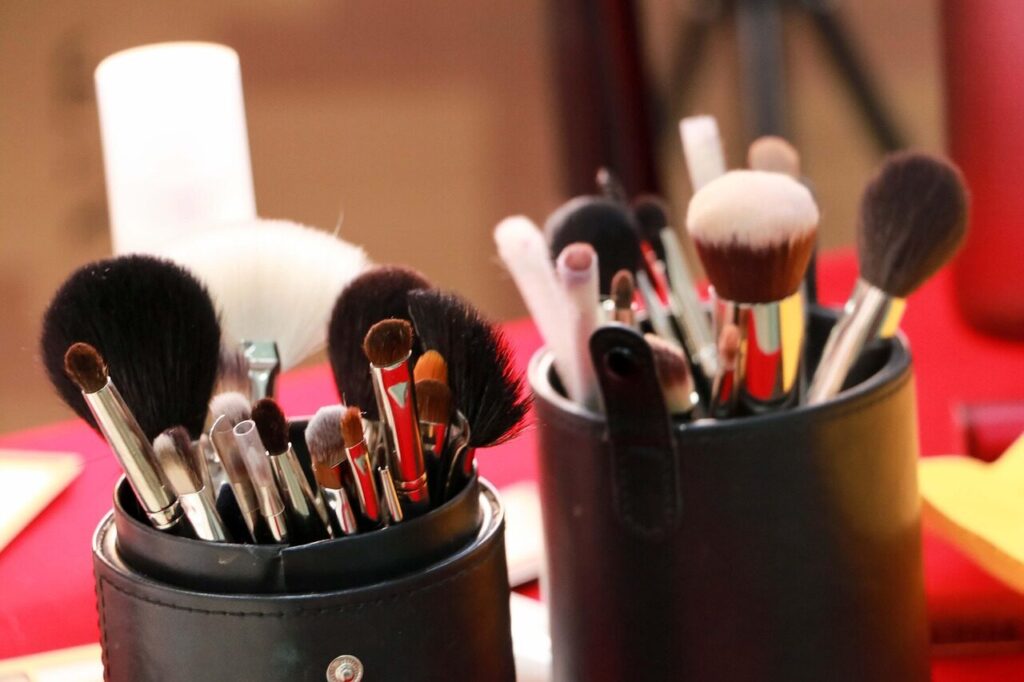
Cosmetics became mass-produced in the early 20th century, but they carry expiration dates and are unsafe secondhand. Opened makeup can harbor bacteria, and items like brushes or sponges may retain oils and skin cells. Using them increases the risk of infections and breakouts. Hair tools with heating elements can also degrade over time, creating hazards. Experts insist personal care products should always be bought new to ensure hygiene, safety, and effectiveness.
7. Tires
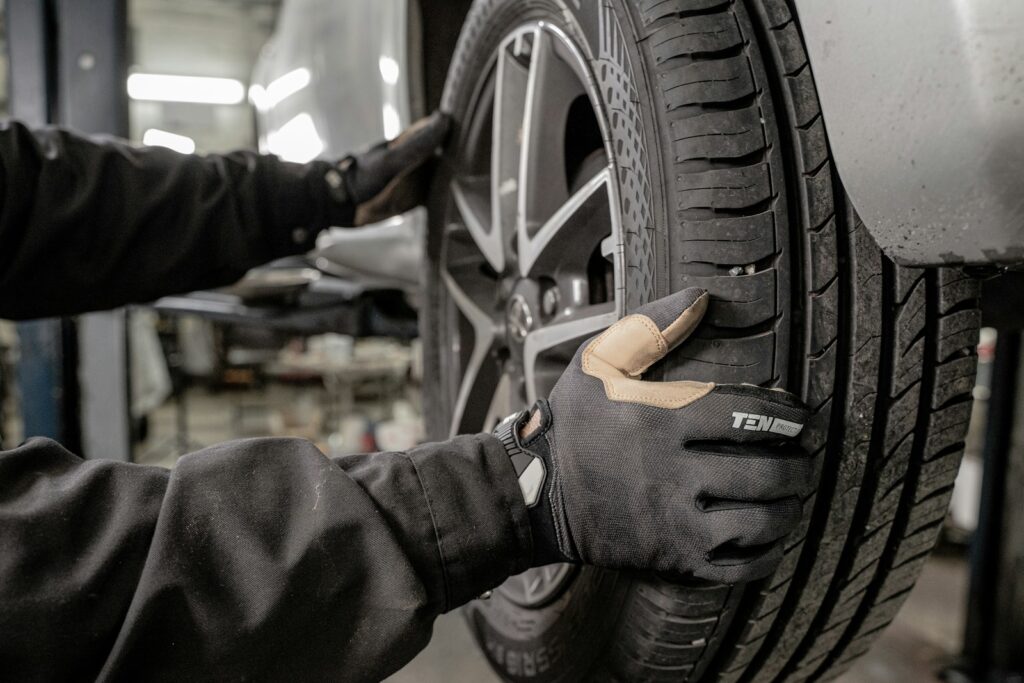
Pneumatic rubber tires, invented in the late 19th century, degrade over time, regardless of visible wear. Secondhand tires can have hidden internal damage, uneven tread wear, or compromised sidewalls that pose serious safety risks. Even if they look sturdy, age, heat, and storage conditions can weaken the rubber, making blowouts more likely. Since tires directly affect road safety, professionals warn against used options and recommend investing in new sets that meet current safety standards and come with manufacturer warranties.
8. Baby Cribs
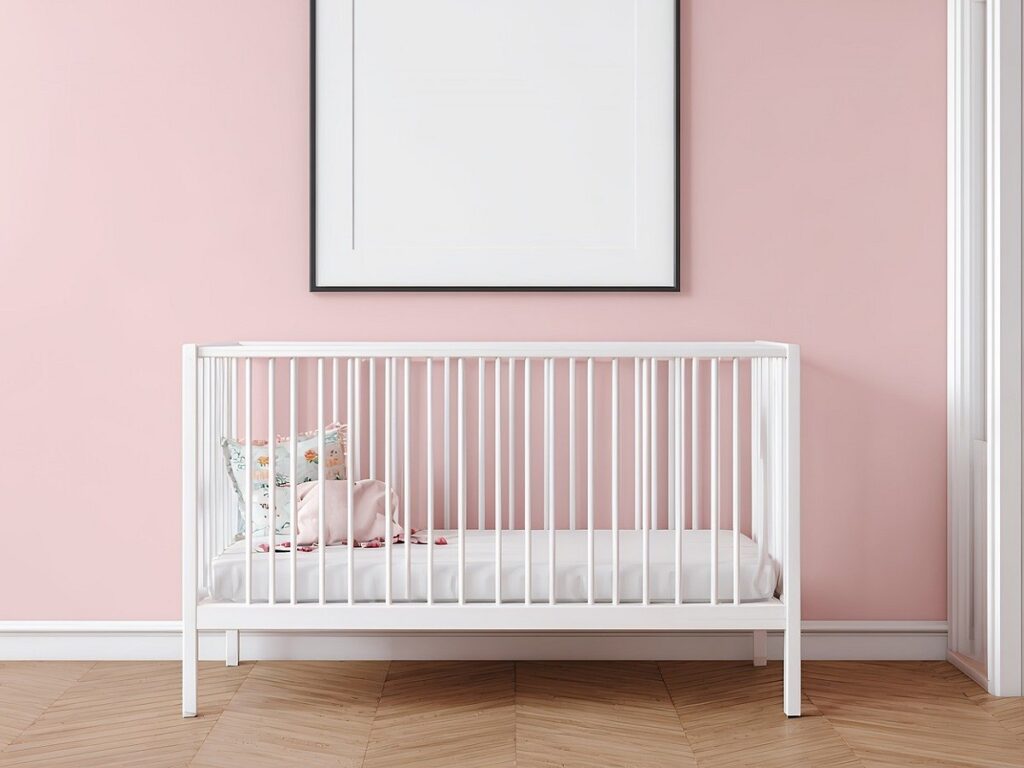
Modern safety standards for cribs have evolved significantly since the 1970s, requiring stronger rails, proper slat spacing, and secure hardware. Secondhand cribs may not meet these updated guidelines, and older models could have missing parts or lead-based paint. Improperly assembled or outdated cribs increase the risk of accidents, including entrapment or falls. Safety experts caution that with children’s sleep environments, it’s best not to take chances. New cribs, built under current safety regulations, are a far safer choice for infants.
9. Stuffed Animals
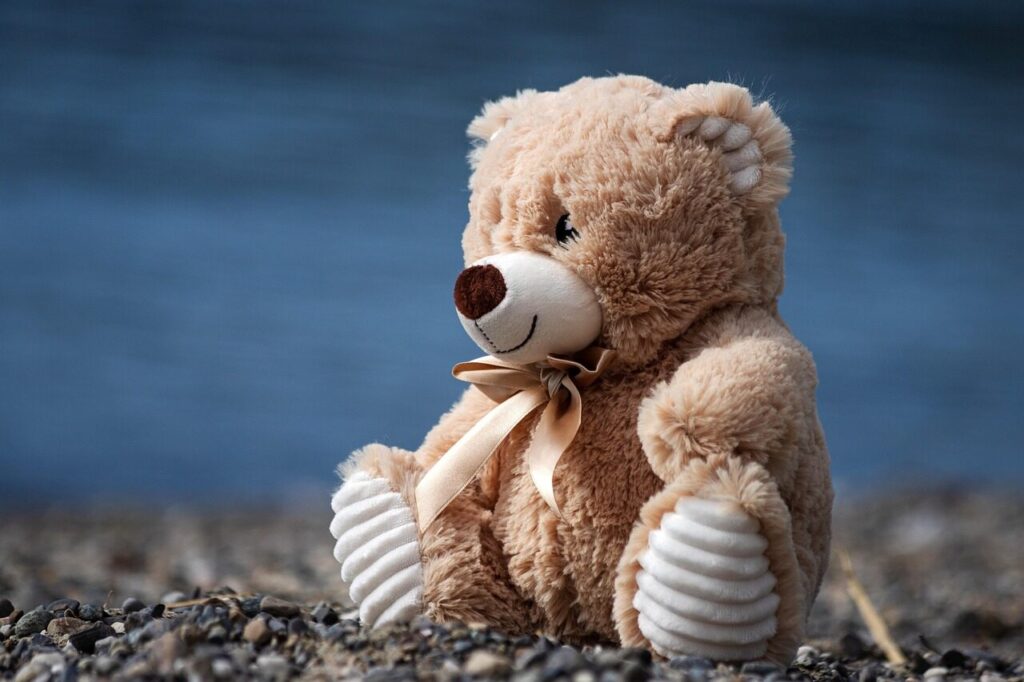
Stuffed toys, popular since the early 1900s, can be risky secondhand purchases. Fabric and stuffing trap dust, bacteria, and allergens, while older toys may not comply with modern safety standards for choking hazards or flammability. Even machine washing may not fully sanitize them, especially if internal materials are compromised. For children’s health and safety, experts recommend new stuffed animals, ensuring they are both hygienic and compliant with updated regulations.
Comments